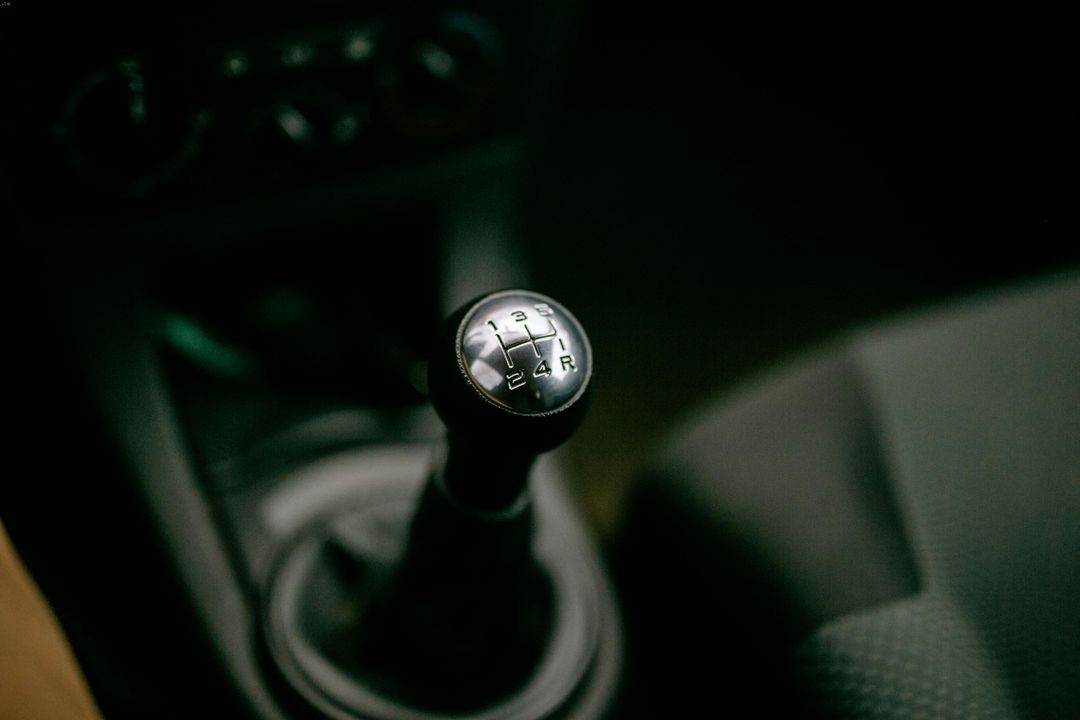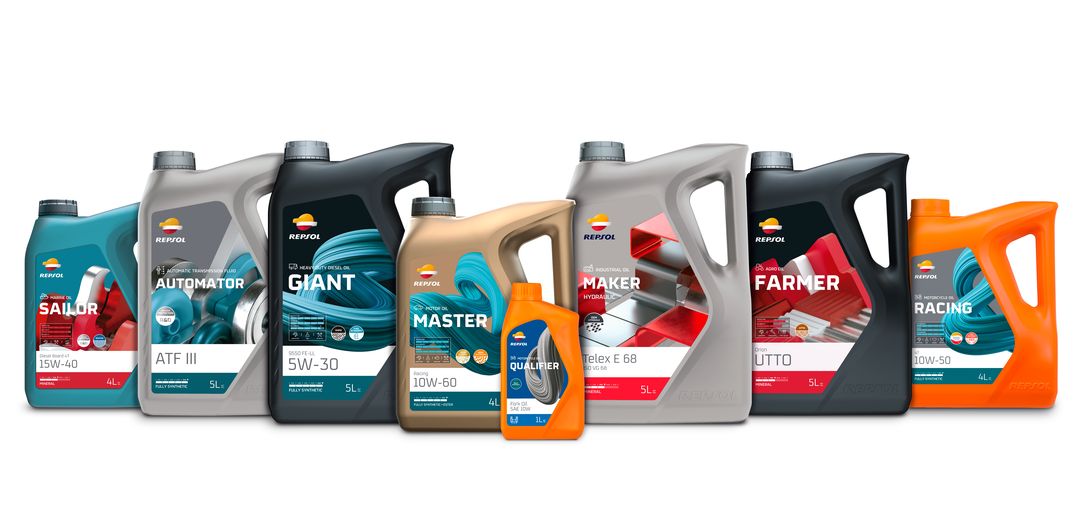Tips for topping up your car's cooling system

The coolant fluid, also called antifreeze, is essential to regulate the temperature of the car's engine, whether it be to prevent overheating or prevent freezing when the temperatures are extremely low.
That's why maintaining your vehicle's cooling system in optimal conditions is an essential aspect so that everything runs smoothly. Here we offer you a practical guide for the maintenance of your car's coolant.
Low coolant level warning signs
The majority of car models have some type of indicator (generally a light) to warn of faults in the cooling system. In any case, there may be other signs that indicate that a revision of this aspect is needed.
For example, if you notice that the car's air conditioning or heating don't work like before, or if the temperature of the engine is too high, it is worth checking the state of the coolant.
How to top up your car's coolant
If you have identified any of the aforementioned symptoms, it is time to check the coolant level. If it is below the minimum threshold, or very close to it, it is time to top it up, something that you can do yourself.
Before starting, ensure you have a clean funnel and rag handy, as well as gloves to protect your hands. And, of course, a suitable coolant or antifreeze for your car, something for which we recommend you consult the manufacturer's manual.
You can also use our search engine, where you'll be able to find the product you need by just putting in the model of your car or the license plate number. The Guard range is designed to meet the needs of all types of vehicles thanks to its high performance, offering you a safe driving experience.
Step 1. Preparation
In order to fill up the coolant fluid, the car needs to be on a level surface with the engine cool. If you've just turned it off, it's worth waiting a few minutes, since it is dangerous to do it when warm, due to the high pressure of the cooling system. Afterwards, identify where the coolant reservoir is, something where the manufacturer's manual will help you again.
Step 2. Inspection
Once you have found the reservoir, it is time to check if the fluid level is low. If it is below the line marked "Min", you need to add coolant or antifreeze. However, take the opportunity to visually check for any leaks or damage to the hoses or radiator. If everything is in order, you can continue.
Step 3. Top-up
To top up, we recommend that you use the funnel to pour the coolant over the reservoir, as this will prevent spills that can be harmful. You will have to fill it up to the line marked "Max" and, when you do, close the lid properly so that there are no leaks.
Step 4. Final check
As a final step, it is recommended to start the engine and, before putting the car into gear, allow it to run for several minutes. After this time, check the level of antifreeze or coolant, as more may need to be added if the level has dropped.
This can be due to fluid that has started to circulate through the system (in which case, you will just need to top it up by following the steps above), but also to leaks, so it is crucial that you make sure to check if there is a problem before you start driving again.
The key: regular maintenance
As is always the case in the motor world, the best way to avoid headaches is prevention. In this regard, a good practice is to carry out periodic checks of the antifreeze or coolant level or when you are going on a long journey. It is also highly recommended that you follow the manufacturer's instructions, as the manual indicates when to completely replace the fluid.
By following these tips, you'll be able to keep your cooling system in optimal conditions, prevent serious problems, and ensure that your vehicle is always ready for the road. Remember that a well-maintained cooling system is key for the general health of the engine and, therefore, for prolonging the engine's useful life.
Related content




